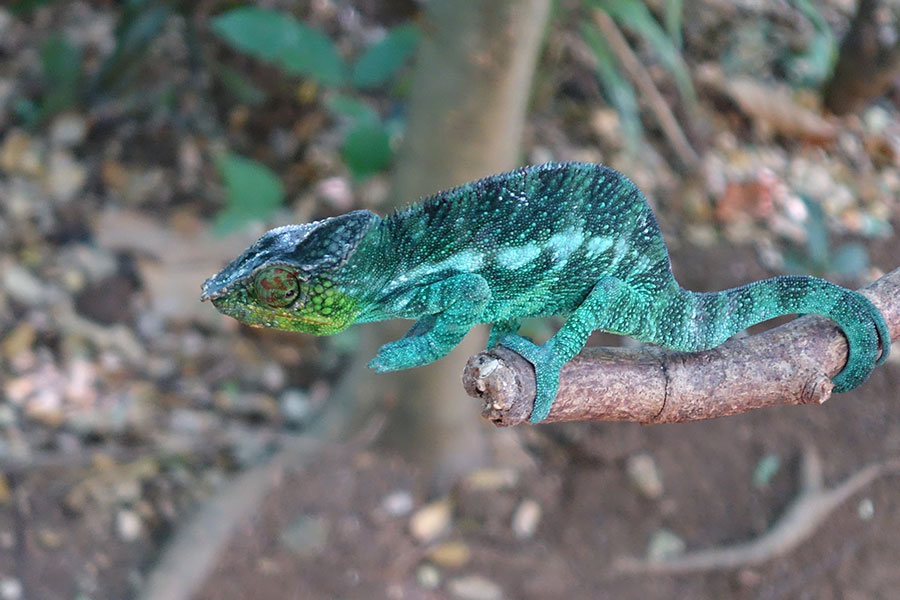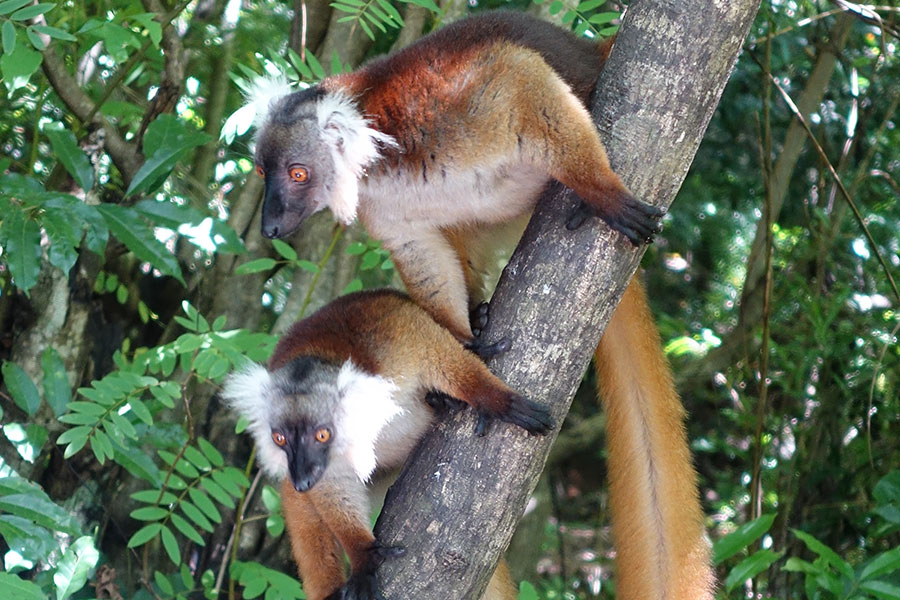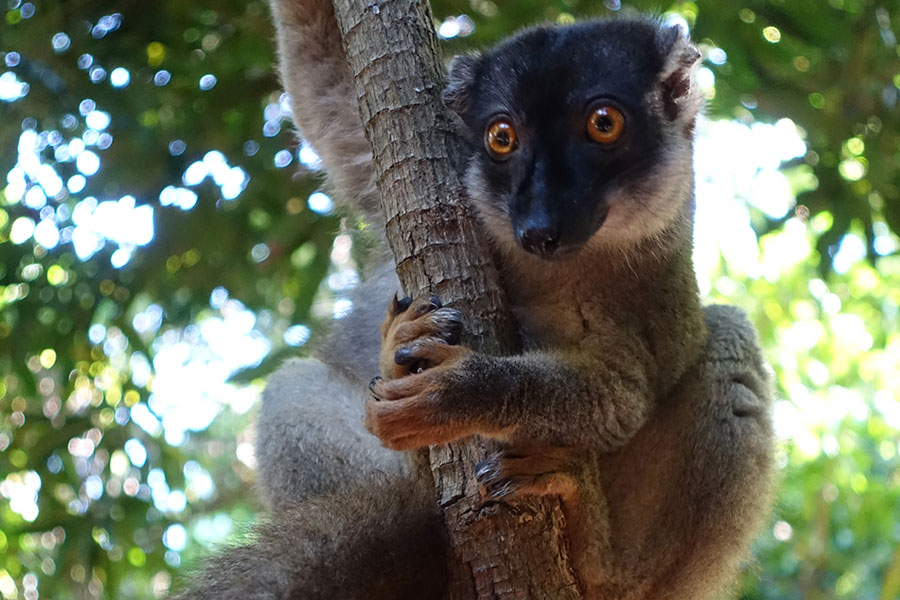The best advice I can give anyone considering a trip to Madagascar can be summed up in the local phrase of ‘mora mora’.
The closest literal translation is ‘slowly slowly’ but, depending on the particular situation, it could mean slow down, take it easy, be patient, or relax – things will happen when they happen. The concept is certainly a stark contrast to a hectic Western way of life but once you understand the necessity to ‘go with the flow’ you’ll enjoy your Madagascar experience even more.
I found Madagascar an easy place to like. The world’s 4th largest island, it has evolved in isolation for over 88 million years. This has resulted in a wide range of ecosystems and an amazing diversity of unique flora and fauna, with 90% of its wildlife found nowhere else. Madagascar is tropical along the coast, temperate inland, and arid in the south and its people are a melting-pot of Asian, Arab and African. At least 18 different ethnic groups are represented, including the Merina people who are believed to be descendants of ancient seafarers from Indonesia. The national sport is rugby union!
The capital city of Antananarivo (usually referred to as Tana) is home to about 1.4 million people and has a surprisingly colourful and chaotic vibe, with seemingly the whole population living their lives out on the streets. Founded on a series of hills in the early 1600’s, with an upper town and a lower town, the narrow cobbled streets and old buildings at its centre have an almost medieval feel while in the ‘suburbs’ you can see an amazing mix of wooden and brick houses alongside rice paddies, churches and markets. The roads are shared not only by cars, trucks and the ubiquitous taxi-brousses (mini-van shuttles) but also with zebu (bullock) carts, rickshaws and hand-pulled delivery wagons. Like the rest of the country Tana is a photographers paradise and should not be treated as simply a transit point.
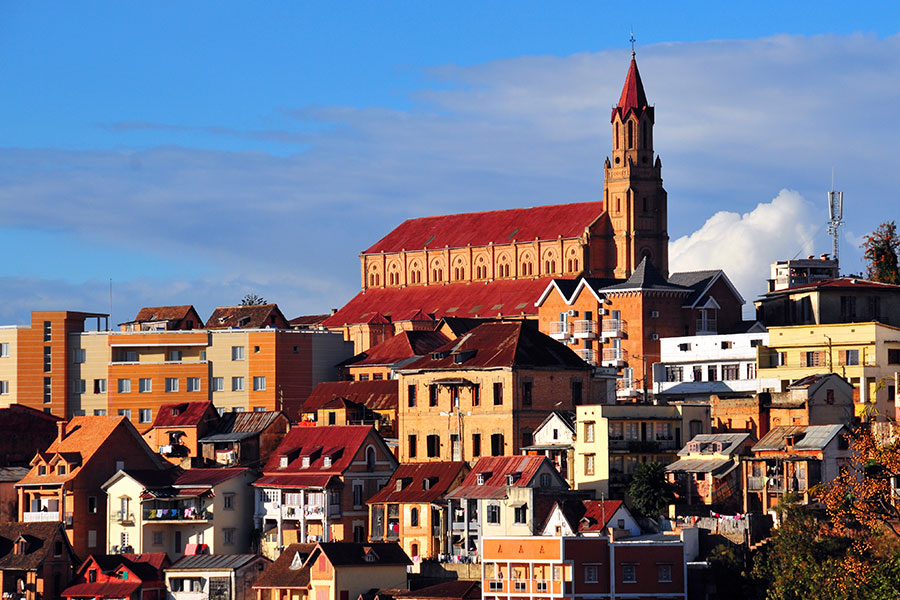
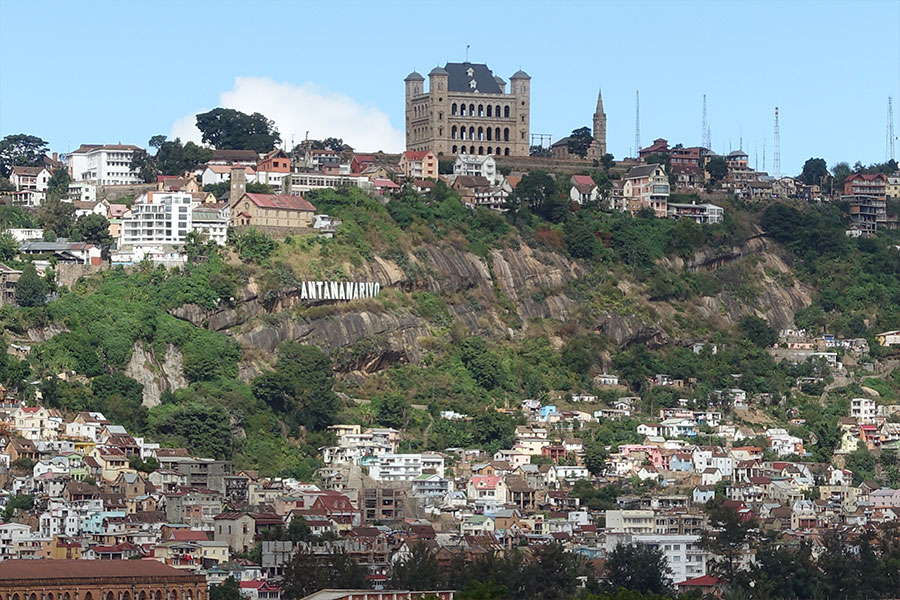
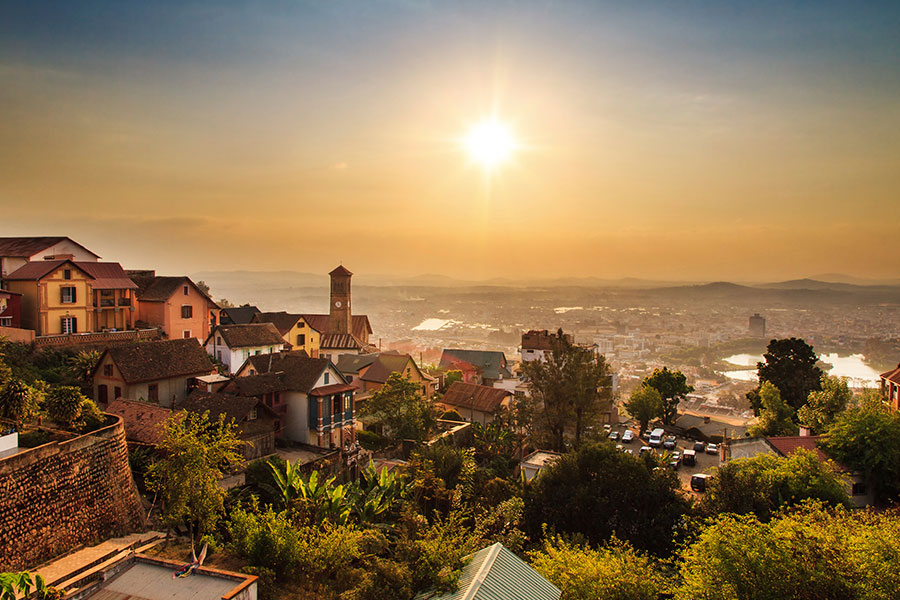
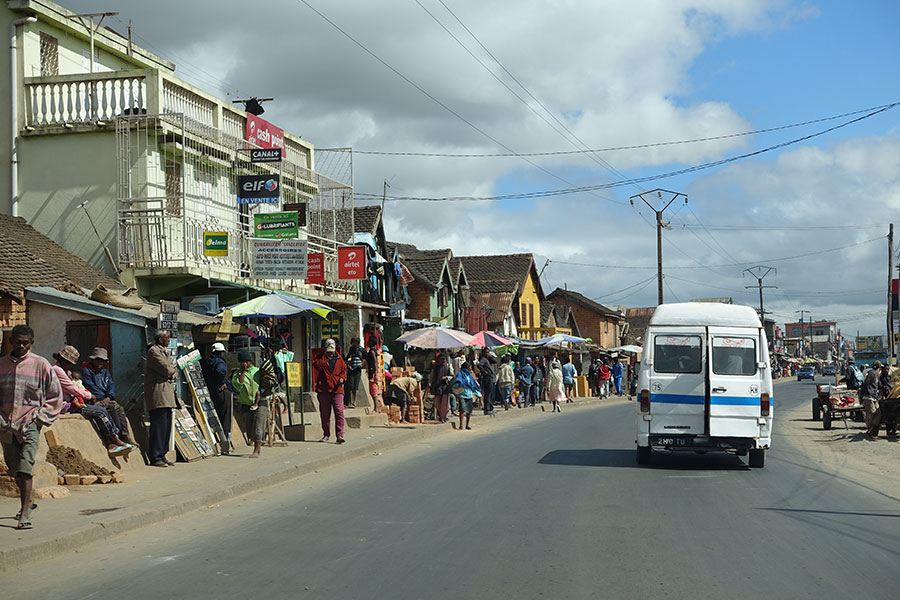
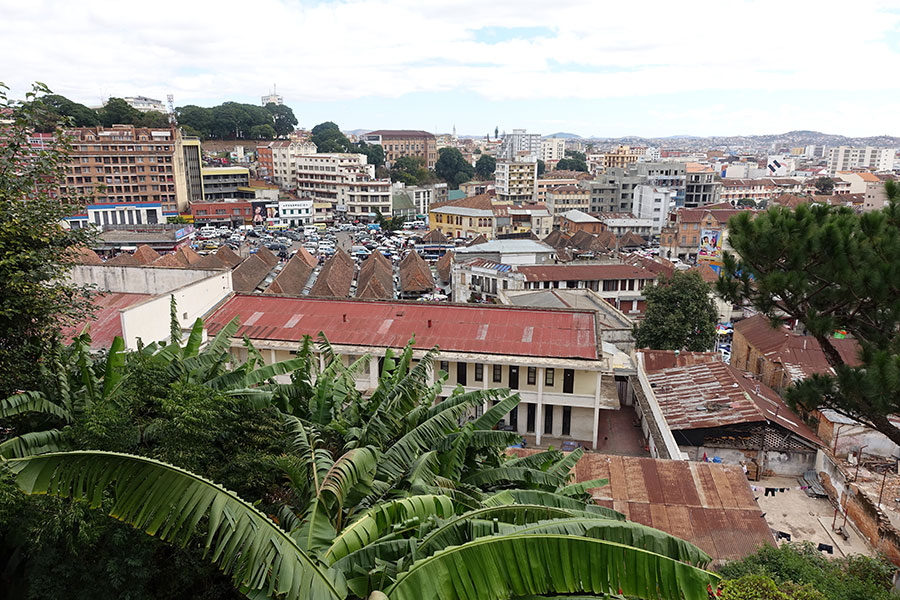
For many visitors Madagascar is mainly about the wildlife, with lemurs heading the list, and the country has a myriad of diverse national parks and reserves to satisfy the most avid naturalist. One of the easiest to visit from Tana is Andasibe-Mantadia National Park – a World Heritage Site that is home to Madagascar’s largest lemur, the Indri, as well as a dozen other species including the diademed sifaka, the brown lemur and the black and white ruffed lemur. In addition to lemurs the parks incredible biodiversity includes more than 100 bird species plus numerous chameleons, amphibians and reptiles.
South of Tana is Ranomafana National Park, a large area of cloud forest and also a World Heritage Site. It is home to several rare species of flora and fauna including both the golden bamboo lemur and the greater bamboo lemur. Although there is some ‘bush-bashing’ required for the best photos, exploring both parks along well marked trails is relatively easy and Ranomafana’s tropical rainforest is particularly scenic, interspersed with streams and small waterfalls. At both locations you can enjoy night walks along the park boundaries to spotlight some of Madagascar’s tinier treasures such as red mouse lemurs and the smaller chameleon species.
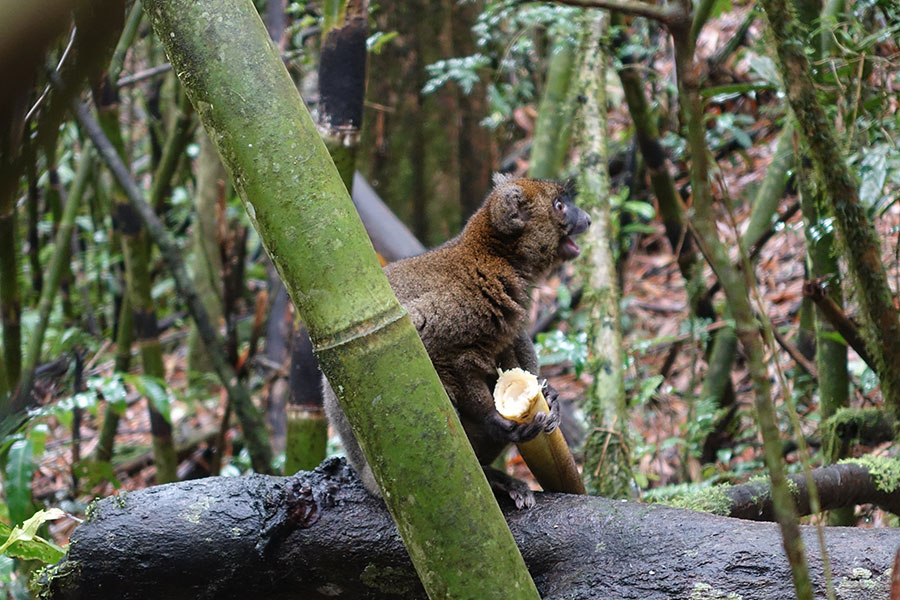
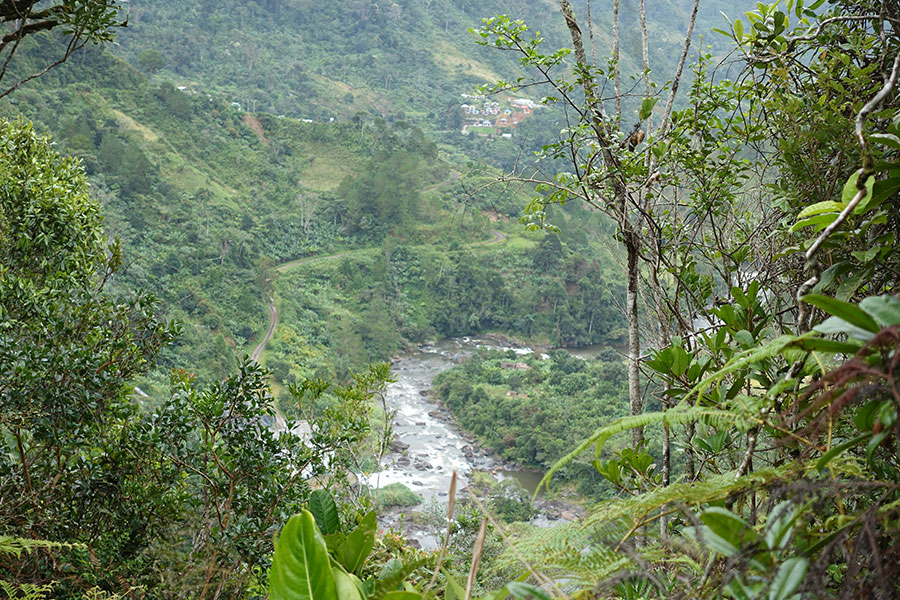
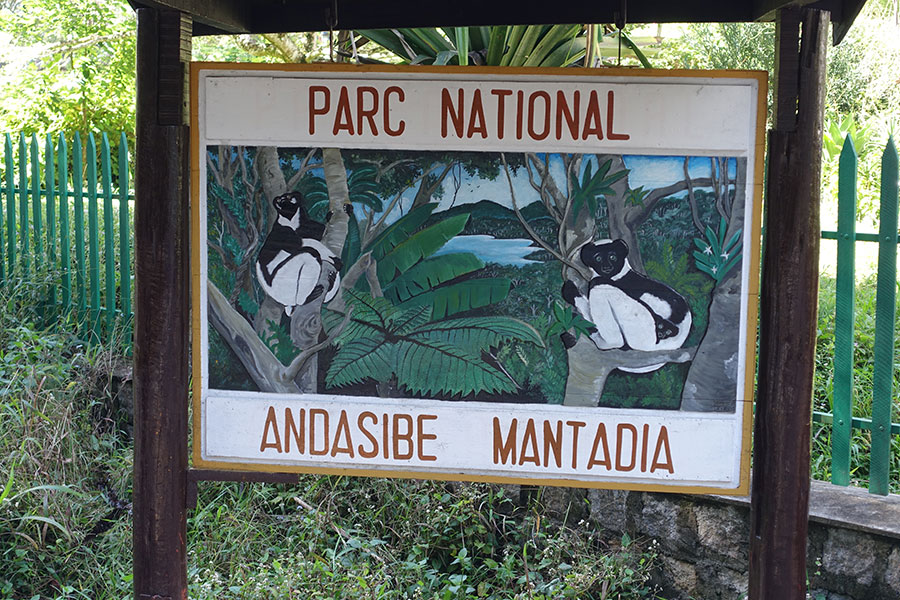
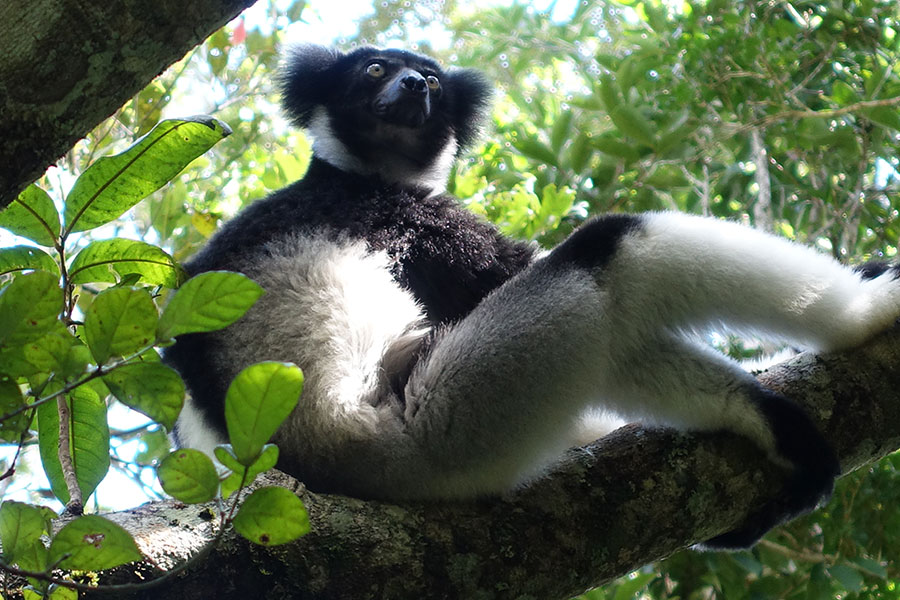
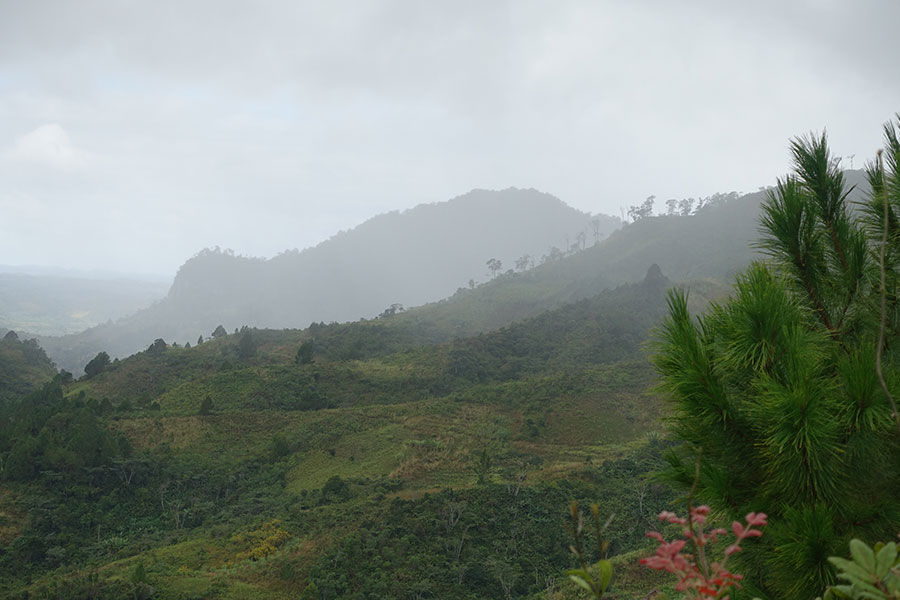
Most of Madagascar is rural, agricultural and incredibly photogenic, typified by sweeping landscapes in which farmers employ a traditional non-mechanised approach using oxen-drawn ploughs and hand-held implements. This hands-on, DIY attitude is further exemplified by the numerous artisan workshops and backyard cottage industries, which were an unexpected highlight of Madagascar for me. In the city of Antsirabe, a thermal spa town with a European feel and the country’s largest brewery, artists fashion zebu horn into beautiful jewellery while just down the street a family business creates wonderfully colourful and intricate miniature rickshaws, cars, taxi-brousses, bicycles and trucks from recycled materials like tin cans and nylon fishing line – with the plastic tubing from unused IV drips painted black for the tyres!
A 90 minute drive from Antsirabe is the small town of Ambatolampy, where hundreds of primitive backyard foundries melt aluminium from car parts and other sources in small brick furnaces. Using simple tools, and with the workers in bare feet, the blazing hot liquid metal is then poured into ancient-looking moulds made of wood filled with black charcoal powder and within a minute the metal has solidified. The finished item is then removed, allowed to cool and the rough edges are removed using a metal file. The main items produced are pots of varying sizes (almost all of the aluminium cookware in Madagascar comes from Ambatolampy) but the workers possess skills and experience built up over many decades and can make almost anything imaginable from aluminium. This is evidenced by the aluminium shops in the town centre which sell everything from condiment sets and serve ware to animal and baobab figurines and highly polished decorative masks.
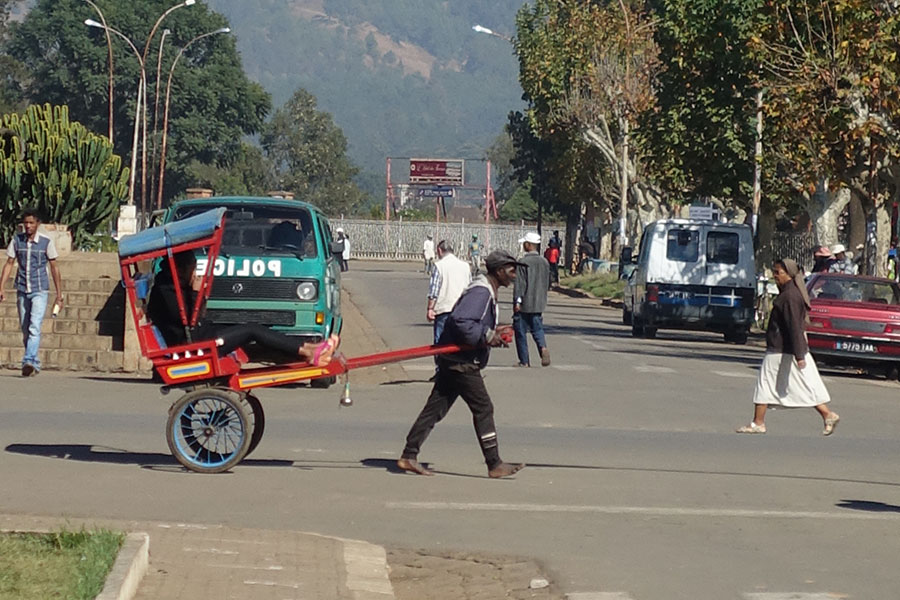
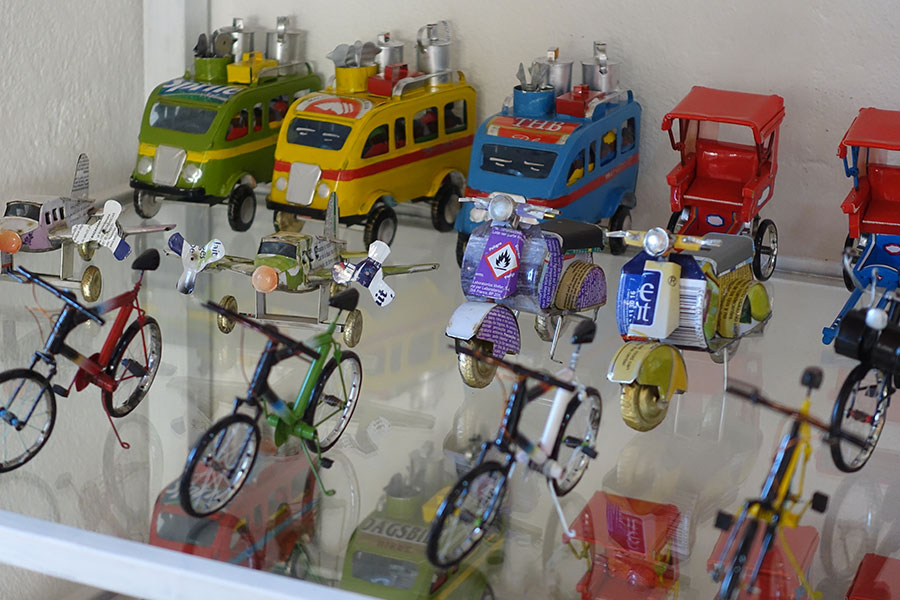
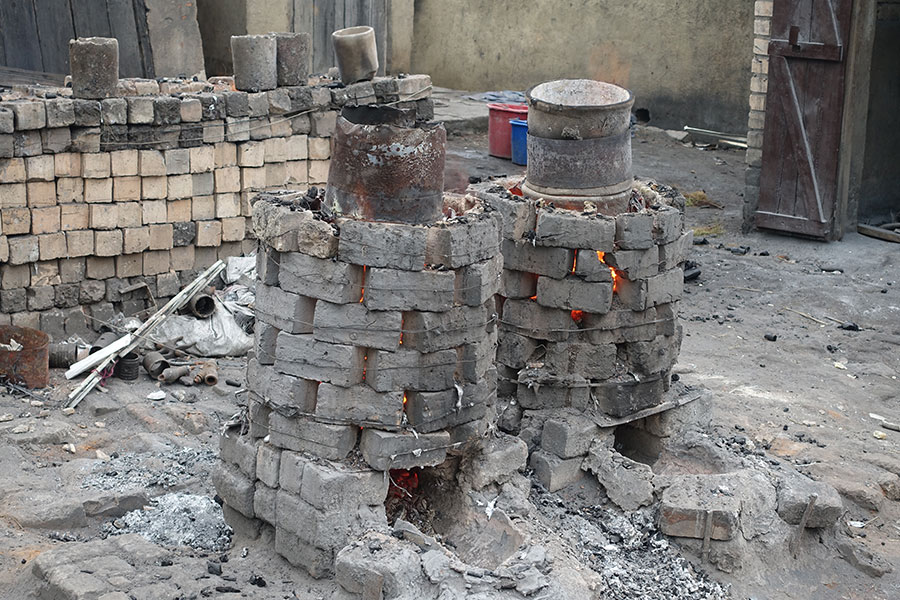


Those looking for a well-deserved rest at the end of their Madagascar journey should fly north to the island of Nosy Be – the country’s most popular beach destination but still quite low key. With a capital city called Hell Ville how could it not be? It’s a great place to relax and enjoy snorkelling, swimming and diving. Treat yourself to a few nights at the Ravintsara Wellness Hotel which offers great food, large well-appointed bungalows and spa treatments – all set in a beautiful five hectare tropical garden. While you’re in Nosy Be make sure you take a day trip to some of its smaller off shore islands including Nosy Komba (with its resident population of black lemurs and panther chameleons) and Nosy Tanikely, an uninhabited island and marine sanctuary with stunning white coral-sand beaches and world class snorkelling. Not to mention a fantastic seafood lunch with grilled fish, prawn kebabs and chilli crab.
The word ‘unique’ is overused these days but I feel Madagascar can certainly lay claim to the description. Better suited to travellers than tourists, its infrastructure is modest and things don’t always come easy – which is a large part of its appeal. Combine this with friendly and accommodating people, unexpectedly excellent cuisine in many places (dinners at the Ravintsara Hotel in Nosy Be and the Thermal Hotel in Ranomafana were right up there with the best I’ve had in Africa), stunningly diverse landscapes and an amazing variety of flora and fauna and you have a destination that will reward your efforts at every turn.

